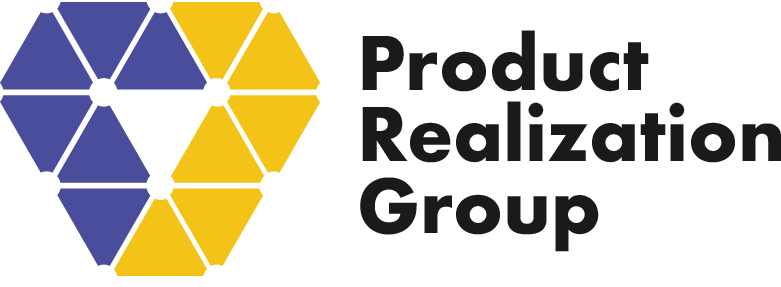Why is a stage-gate process important when moving from prototype to volume manufacturing?
As part of PRG's Ask the Expert series, Jay Feldis tells us what can go wrong if a formal process is not followed during the transition from prototype to manufacturing.



